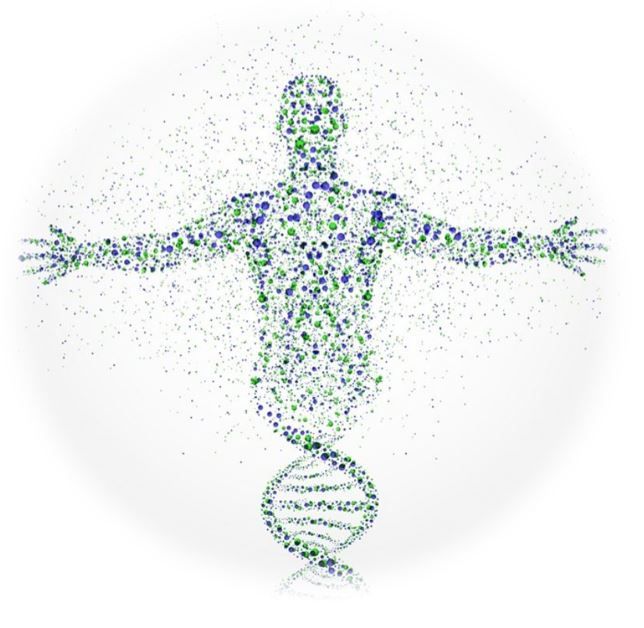Multiancestry Genetic Study of T2D Expands Potential for Risk Assessment, Treatment
©Lonely/shutterstock

Analysis of the most "ancestrally diverse" collection of genetic information on type 2 diabetes (T2D) assembled to date has identified 117 genes that are likely to cause the disease with 40 of them being reported for the first time, according to research published May 12, 2022, in the journal Nature Genetics.
The findings are the result of ongoing worldwide research by the international DIAMANTE (DIabetes Meta-ANalysis of Trans-Ethnic association studies) Consortium which set out to advance understanding of T2D in population groups outside cohorts of white European descent, DNA from which has been used historically in the largest genome-wide association studies (GWAS), according to study authors.
"Up to now, over 80% of genomic research of this type has been conducted in white European-ancestry populations, but we know that scores developed exclusively in individuals of one ancestry don't work well in people of a different ancestry," said study coauthor Cassandra Spracklen, PhD, assistant professor of biostatistics and epidemiology in the UMass Amherst School of Public Health and Health Sciences in a statement from the school.
To obtain the genetic information, the international team, coled by Andrew Morris, MSc, PhD, professor of statistical genetics at The University of Manchester, and University of Oxford professors Mark McCarthy, BChir, MD, and Anubha Mahajan, MS, PHD, the international team conducted a meta-analysis of 122 GWAS that compared the DNA of 180 834 individuals with T2D with that of 1 159 055 controls.
As a result of the work to overcome the enduring bias, nearly 50% of the DNA assembled by DIAMANTE Consortium members comes from individuals of East Asian, African, South Asian, and Hispanic descent, the statement notes.
"Because our research has included people from many different parts of the world, we now have a much more complete picture of the ways in which patterns of genetic risk for type 2 diabetes vary across populations," said Oxford professor McCarthy.
UMass Amherst Spracklen's previous research, identifying genetic associations with T2D in populations of East Asian-ancestry and identifying genetic associations with diabetes-related traits (fasting glucose, fasting insulin, HbA1c) in multi-ancestry populations provided the foundational work for the current paper.
The DIAMANTE findings also represent an important milestone in work to develop genetic risk scoring paradigms that will help clinicians identify individuals more predisposed to develop T2D, regardless of racial or ethnic background. More precise understanding of T2D biology also will help fuel research into new treatments.
"Multi-ancestry genetic risk scores enhanced transferability of T2D prediction across diverse populations," wrote investigators. "Our study provides a step toward more effective clinical translation of T2D GWAS to improve global health for all, irrespective of genetic background."
Reference: Mahajan A, Spracklen CN, Morris AP, et al. Multi-ancestry genetic study of type 2 diabetes highlights the power of diverse populations for discovery and translation. Nat Genet. Publisehd online ahead of print May 12, 2022. https://doi.org/10.1038/s41588-022-01058-3